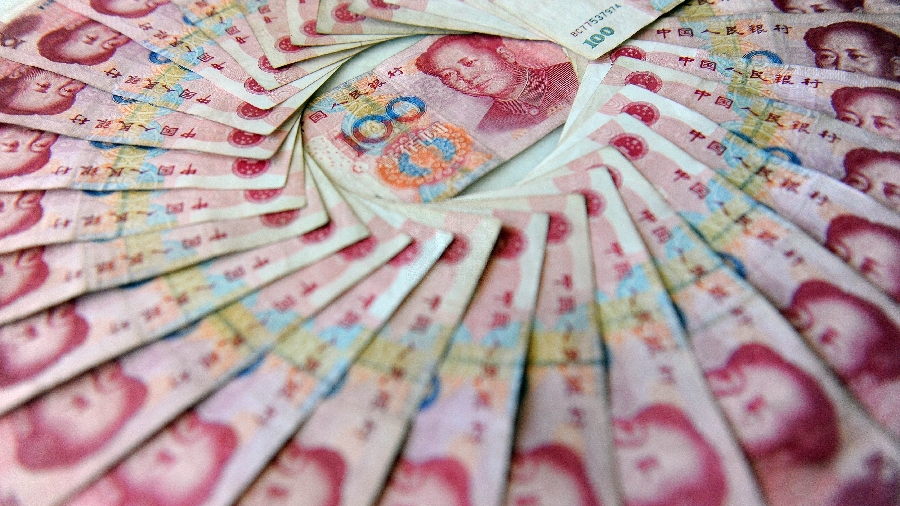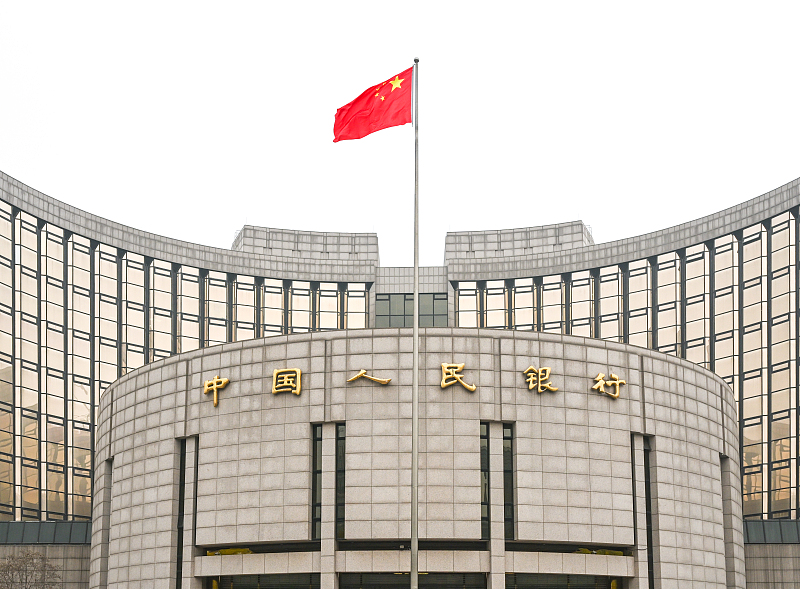
The bank note of Chinese yuan. /CFP
The bank note of Chinese yuan. /CFP
Editor's note: Matteo Giovannini is a finance professional at the Industrial and Commercial Bank of China in Beijing and a member of the China Task Force at the Italian Ministry of Economic Development. The article reflects the author's views, and not necessarily those of CGTN.
China's meteoric rise, passing from being an underdeveloped country to emerge as a major economic power, has long been described as the most important event of the past four decades.
Despite having reached a considerable economic and political power on the world stage, China has still not shown an equal strength in the global flow of fiat currency due in large part to the preponderance of the U.S. dollar in international markets.
This scenario could change considering what is happening in the Latin American region and in the wider context of an ongoing world order's transformation from globalization to regionalization, which would likely transition from the current unipolar currency system into a multipolar currency system.
For over a century, the United States has been recognized as the undisputed economic hegemon in Latin America. Yet conditions have changed dramatically starting from the early 2000s when trade between China and Latin America grew at a point that the world's second largest economy replaced the U.S. as the region's leading trade partner.
Today China is the most important trade partner for nine Latin American nations, with Brazil and Argentina topping the list. Estimates from the World Economic Forum show that, by 2035, trade flows between the two regions will more than double.
On February 7, the People's Bank of China (PBOC) announced to have signed a memorandum of understanding (MOU) on setting up Chinese yuan clearing arrangements in Brazil with the Banco Central do Brasil, the country's central bank. According to the PBOC, the establishment of yuan clearing arrangements will boost yuan cross-border transactions between Chinese and Brazilian firms and financial institutions while promoting the Chinese currency to play a bigger role in the global foreign exchange market.

An exterior view of the People's Bank of China in Beijing, capital of China, November 24, 2022. /Xinhua
An exterior view of the People's Bank of China in Beijing, capital of China, November 24, 2022. /Xinhua
The first consideration in analyzing the move is that it does not represent an isolated case of financial cooperation between China and a Latin American nation. The expansion of an original currency swap deal signed last month with Argentina, will help the country to increase its foreign currency reserves and at deepening the use of yuan in the Argentinian market, is evidence of a wider and well-calculated strategy by Chinese authorities.
As more Latin American nations will increase the volume of trade and investments with China, it makes sense for the world's second largest economy to push for a further utilization of its own legal tender as a way to mitigate the risk that could arise from conducting transactions in a currency that belongs to a third country.
Accordingly, China is making the yuan a regionally powerful currency that is widely transacted in cross-border trade settlements and investments while reducing its historical dependence on the U.S. dollar and maintaining an unrestricted level of access to global capital markets amid geopolitical crises.
It's no secret that having a global and widely accepted yuan represents a strategic long-term policy goal for China. The establishment of a deep offshore market is a prerequisite for the realizing the country's ambitions.
The MOU on setting up yuan clearing arrangements in Brazil can be seen as an essential step for the establishment of a future offshore RMB center in the Latin American nation. The country would join a vast global network of offshore RMB centers around the world, which includes jurisdictions that offer international financial services such as Hong Kong, London, New York, Singapore, Tokyo, Paris, Frankfurt, Dubai, and Sydney among others, becoming more conducive for China's pathway to the internationalization of the yuan.
Moreover, the steady progress of the Belt and Road Initiative in Latin America, with 21 member countries in the region having signed cooperation agreements, represents another crucial element in China's attempt to elevate the yuan as a currency of choice in its economic relationships with this area of the globe.
The world's second largest economy has become a major source of foreign direct investment and lending for Latin American countries over the last decade with state-owned lenders, such as the China Development Bank and Export-Import Bank of China, that have provided essential funds for the development of regional infrastructure projects including bridges, port facilities, and highways.
China's objective to convince other nations to gravitate in its economic orbit require financial integration and this can only be achieved when countries within a specific region start to utilize the yuan more extensively in cross-border transactions.
As China's economic power grows by the day and at a time when there's a rising interest from other nations towards the yuan as a valid alternative to the U.S. dollar, the signing of a memorandum on yuan clearing with Latin America's largest economy could reveal itself as a game changer and could not happen at a better time.
(If you want to contribute and have specific expertise, please contact us at opinions@cgtn.com. Follow @thouse_opinions on Twitter to discover the latest commentaries in the CGTN Opinion Section.)